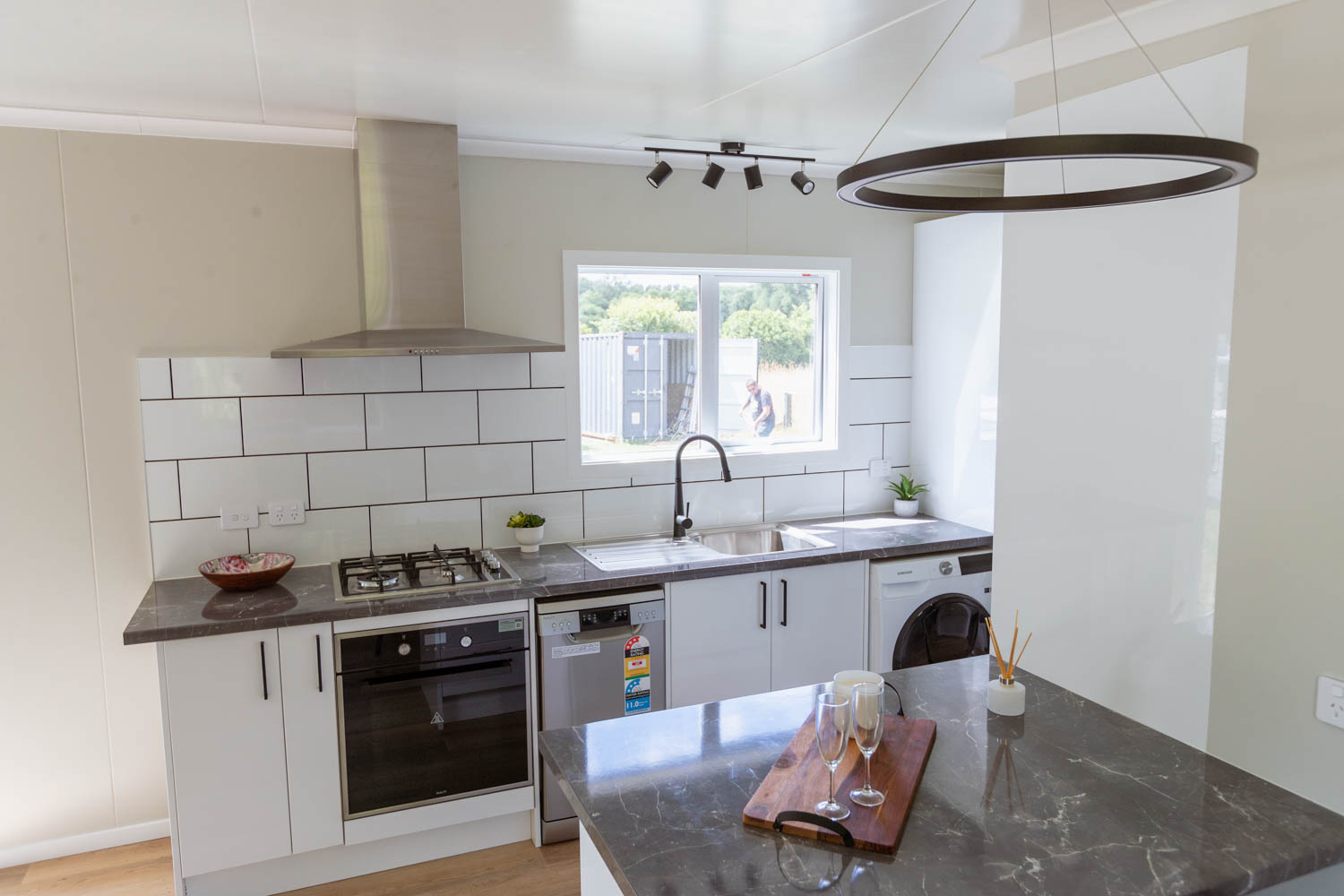The Limits of Rain
Rain plays an important role in keeping your home’s exterior in good condition, but there are some places it can’t reach, such as:
- Soffits
- Wall cladding under eaves
- Underside of gutters
- Fascias
- Unwashed roof areas
- Around flues
- Under television aerials
- Sites prone to mould, lichen, bird droppings, or debris
In these instances, you will need to clean these areas yourself to ensure debris doesn’t build up. Cleaning these areas manually will extend the longevity of your home’s materials by reducing exposure to salt and other airborne pollutants.
Cleaning Your Home’s Exterior
You do not need any special cleaning solution to keep your home looking great. Normal rain serves as a natural cleanser for much of your home, but for the places rain can’t reach, simply use a sponge or soft nylon-bristled brush, or alternatively, use a water blaster at pressures of no more than 20 MPa. If you prefer, you can wash the surface with standard household detergent.
Keep an Eye on Garden Debris
If you have a garden, leaves, twigs, dust, and dirt can get blown up onto your roof or cladding. You’ll need to manually remove any buildup to prevent damage. Use a soft-bristled brush to clear away debris at least every three months.
Gutters, in particular, can become easily clogged by leaves, twigs, and other debris, leading to issues such as a leaky roof, and mould and mildew growth. Clear your gutters every three months to ensure they function correctly.
Branches and foliage that come into contact with your home can cause significant damage to your roofing or cladding. Prune back any potentially damaging plants every three months.
It is not recommended to use touch-up paint.
Catching Issues Early
Although regular maintenance will significantly reduce the chances of damage, conditions on your property can change. Inspect your home at least twice a year to catch any issues before they become more serious.
Outside your home, look out for:
- Loose fastenings
- Loose roof attachments, such as satellite dishes, solar heating units, or conventional television aerials
- Clogged or loose gutters and downpipes
If you notice any of these issues, contact us immediately for assistance.

